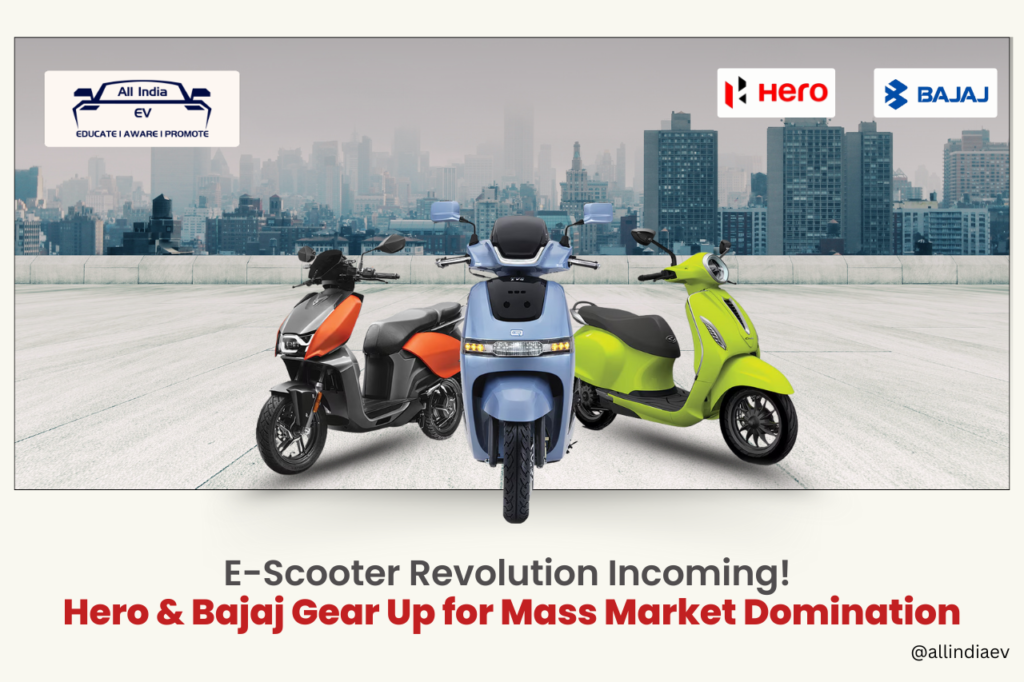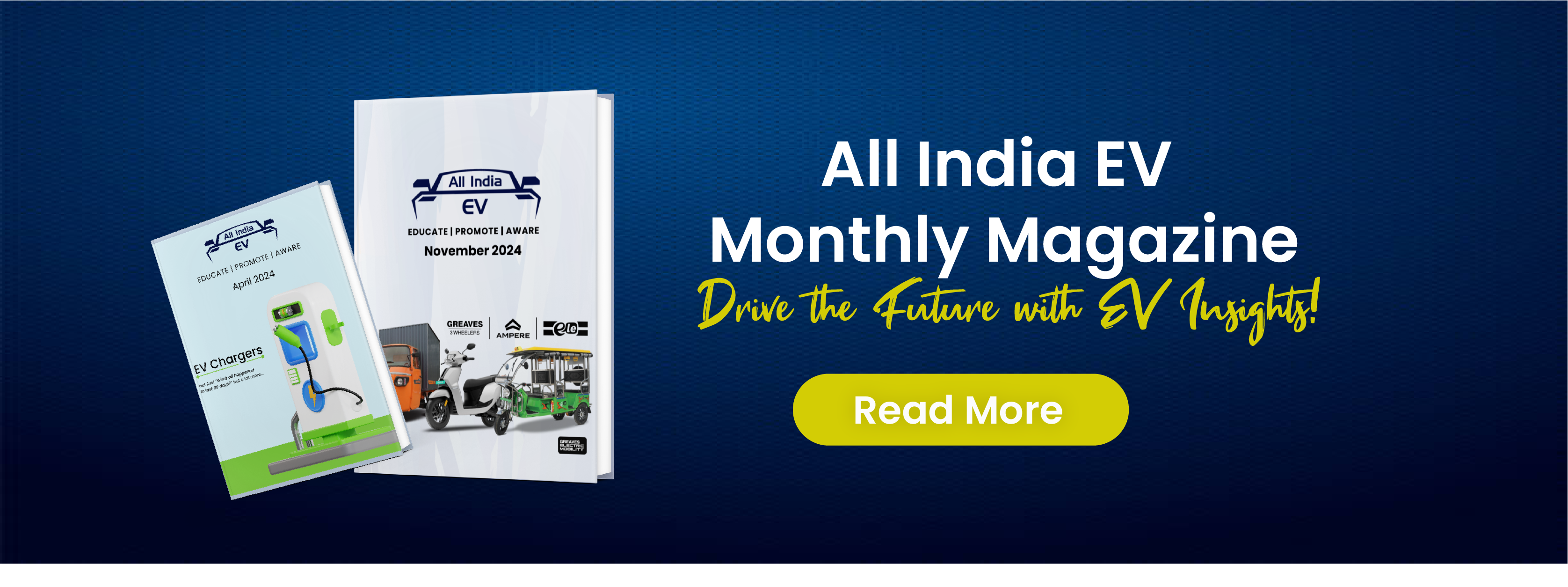
Hero, Bajaj to Launch Sub-1 Lakh Electric Two-Wheelers to Boost Affordable EV Adoption in India’s Mass-Market Segment
India’s electric two-wheeler (e2W) space is gearing up for a major shake-up as Hero MotoCorp and Bajaj Auto prepare to launch new, affordable electric scooters, targeting the critical sub-₹1 lakh segment. This pricing tier currently accounts for 60% of all e2W sales in India and is seen as the key to achieving mass adoption.
Industry sources reveal that Hero MotoCorp is poised to introduce two new VIDA-branded e-scooters next month, both expected to be priced below ₹1 lakh. These launches mark a pivotal move for Hero, which has trailed rivals in the EV race. The company aims to achieve breakeven at 25,000–30,000 monthly units, a milestone it hopes to reach in the next two years.
“To scale the VIDA business and reach breakeven, we must enter the mass segment,” said Vivek Anand, CFO, Hero MotoCorp, during a recent analyst call. “We’re focused on growing volumes, improving profitability, and rationalizing costs.”
Bajaj to Re-Enter Sub-Lakh EV Market with Chetak
Meanwhile, Bajaj Auto is also preparing to re-enter the affordable e-scooter space with a new Chetak variant, likely before the upcoming festive season. Bajaj had previously tested this price bracket but withdrew the offering. The renewed focus comes amid intensifying competition and rising consumer demand for budget-friendly EVs.
Current Segment Leaders & Market Landscape
Ola Electric and TVS Motor currently dominate the sub-₹1 lakh e2W space, while Ather Energy has publicly stated it has no plans to enter this price band. However, experts believe competition might eventually force a shift in Ather’s strategy as well.
Hero MotoCorp, despite its massive dealership network and brand recognition, ranks fifth in e2W sales, trailing behind Ola, TVS, Bajaj, and Ather. According to VAHAN data:
- Hero sold 32,964 e-scooters in 2024
- Its market share for 2025 YTD stands at 5.35% with 20,872 units sold
Yet, there’s momentum building. Full-page newspaper ads teased an upcoming launch branded as “EVooter”, indicating Hero’s marketing push around these new products.
Anand also highlighted VIDA’s 200% YoY growth in FY25 and noted EBITDA improvements from -155% to -95%, reflecting enhanced operational efficiency and scale.
“PLI benefits, new product launches, and volume ramp-up will drive profitability going forward,” he added.
Experts Divided on Hero’s EV Prospects
Deepesh Rathore, founder of InsightEV, said Hero’s timing is still right despite its slow start.
“Hero’s decision to enter the mass market is smart. With only 1 million electric two-wheelers sold in a 6-million-unit scooter market, the opportunity is far from saturated.”
Another industry expert pointed out that Hero’s strong rural and semi-urban dealership reach gives it an edge, especially since home charging is sufficient for such consumers.
“Pricing remains the key. With right features at sub-₹1 lakh, uptake in Bharat could be significant,” they said.
However, some remain skeptical.
“Market acceptance of VIDA remains weak,” said one industry veteran, who believes Bajaj’s re-entry may tip the scales and intensify competition in the mass e2W category.
What’s Next for the EV Battle?
As the mass-market EV war intensifies, Hero and Bajaj’s moves will likely redefine the segment dynamics. With cost-sensitive consumers, rising fuel prices, and supportive EV policies, the battle for India’s roads is set to go electric—and more affordable.

